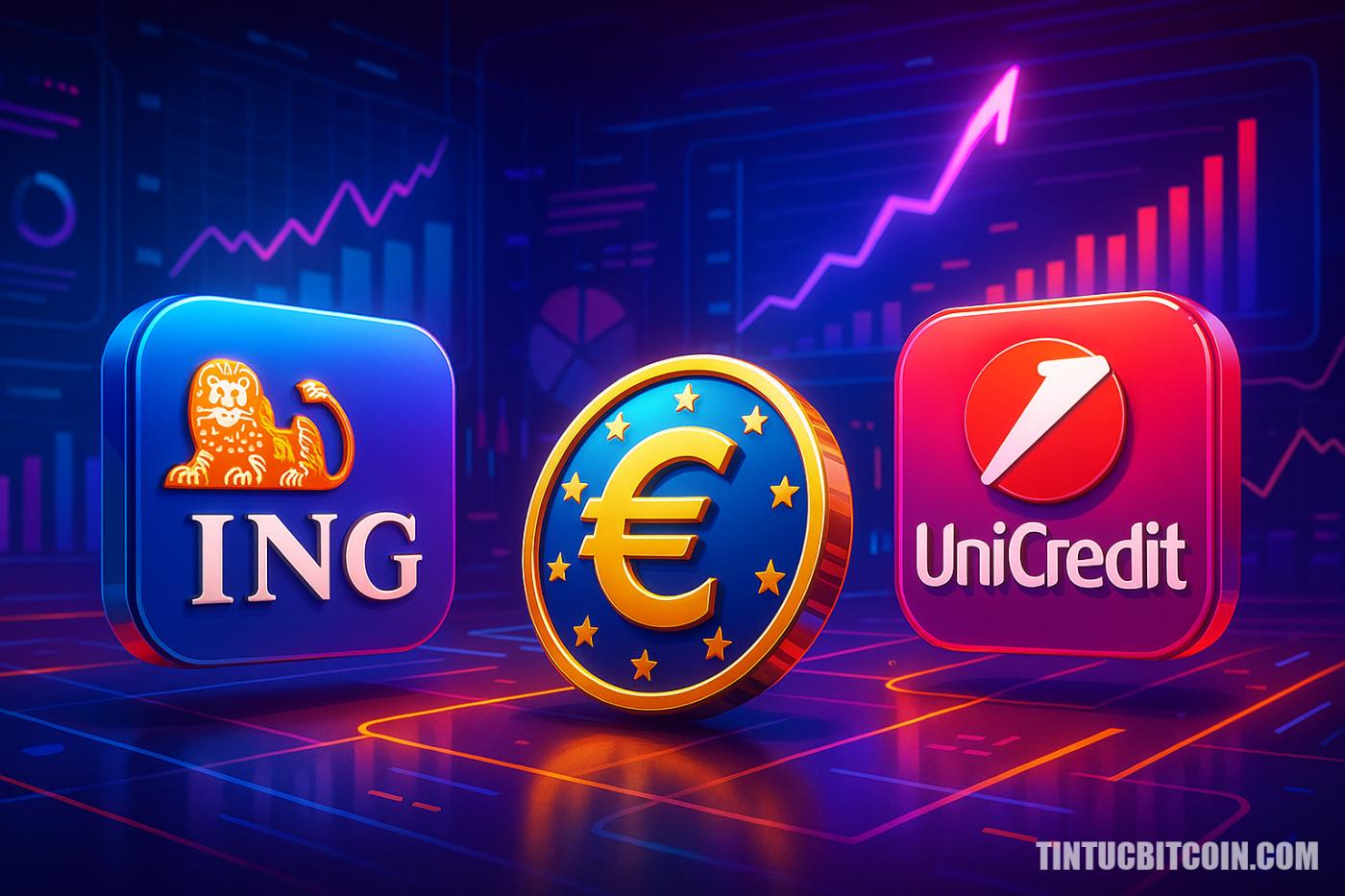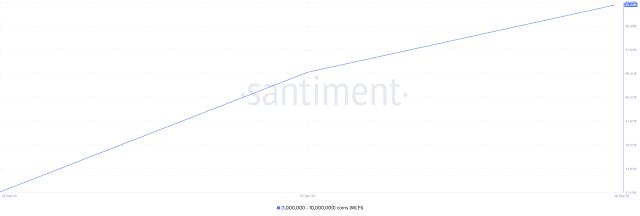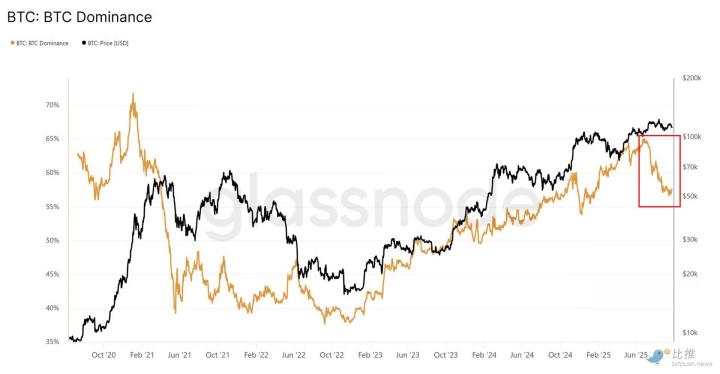
In the second half of 2026, nine major European banks will issue a euro Peg , MiCA-compliant stablecoin, aiming towards a European standard for trusted digital payments.
The initiative, co-led by ING and UniCredit, is headquartered in the Netherlands and is open to other banks. The goal: near-instant, low-cost, 24/7 cross-border payments, enabling the creation and settlement of digital assets.
- Nine banks from eight EU countries are collaborating to issue a Peg euro stablecoin, expected in the second half of 2026, compliant with MiCA.
- Delivering 24/7, near-instant, low-cost payments, supporting programmatic payments and digital asset settlement.
- To increase Europe's strategic autonomy from the USD-dominated stablecoin market; administrative headquarters in the Netherlands, expanding membership.
What is the European stablecoin initiative?
This is a euro- Peg stablecoin project, built on the EU's MiCA framework, led by a group of nine major banks, aiming to become a trusted digital payment standard in Europe.
According to a joint announcement by ING, the stablecoin will serve instant, cross-border, 24/7 payments and settlements for goods, services and digital assets. The project hopes to create an intra-bloc option, increasing payment autonomy in the current stablecoin market , which is tilted towards the USD.
Which banks are participating?
The nine founding banks come from eight EU countries: ING, UniCredit, CaixaBank, Danske Bank, Raiffeisen Bank International, KBC, SEB, DekaBank and Banca Sella.
The parties have established a new company based in the Netherlands to develop and manage the stablecoin. The alliance has said it is open to welcoming more banks to join in the next stages.
| Bank | Nation |
|---|---|
| ING | Netherlands |
| UniCredit | IDEA |
| CaixaBank | Spain |
| Danske Bank | Denmark |
| Raiffeisen Bank International | Shirt |
| KBC | Belgium |
| SEB | Sweden |
| DekaBank | Virtue |
| Banca Sella | IDEA |
When will the stablecoin be released?
The project targets issuance in the second half of 2026, after completing the compliance framework and technical infrastructure under MiCA.
This timeline allows the banking union to align with MiCA’s already effective rules and implementing guidelines from EU supervisors, mitigating legal risks before regional implementation.
What is MiCA and what requirements apply to stablecoins?
MiCA (Regulation (EU) 2023/1114) is an EU-wide legal framework for digital assets, of which the provisions for Asset Reference Token and Cryptocurrency Token apply from 30/06/2024; the rest apply from 30/12/2024 (Source: EU Official Journal, 2023).
MiCA sets out requirements for reserves, transparency, risk management and oversight for issuers, to protect users and stabilize the system. This compliance is the foundation for the euro Peg stablecoin to operate legally across the EU.
Why does Europe need a euro- Peg stablecoin?
The banking alliance has outlined its goal of building intra-bloc options, strengthening strategic autonomy in payments, rather than relying on the USD-dominated stablecoin market.
European agency reports note that the global stablecoin market is currently dominated by USD- Peg currencies, affecting the autonomy of payments and regional monetary policy, thereby driving the need for a euro-based infrastructure (Source: ECB, Macroprudential Bulletin, 2023; ESMA, Trends, Risks and Vulnerabilities, 2023).
What benefits does this stablecoin bring to businesses and users?
According to ING, the stablecoin is expected to bring near-instant, low-cost, 24/7 payments and settlements for cross-border transactions.
Programmable payments automate payments across the supply chain , reducing errors and operational costs. It also supports settlement of digital assets, from securities to cryptocurrencies, bridging traditional markets and digital infrastructure.
“Digital payments are key to euro Peg payments and next-generation financial market infrastructure. We believe this requires an industry-wide approach, and it is important that banks adopt the same set of standards.”
– Floris Lugt, Head of Digital Assets ING, public face of the project, source: ING Joint Press Release (link in article)
What is the governance structure and scalability of the alliance?
A new legal entity based in the Netherlands will coordinate the development and operation of the stablecoin, ensuring transparency and standardization across the bloc.
The open alliance model helps add members, Chia implementation costs, and expand acceptance networks. This is important for achieving network effects in payments, especially for cross-supply chain use cases and digital asset settlement.
What are the compliance challenges and risks to be aware of?
Peg euro stablecoins must meet Capital reserve, governance, liquidation risk management and periodic reporting requirements according to MiCA and EU supervisory authority guidelines.
Additional requirements such as operational controls, user protection, 1:1 redemption mechanisms under MiCA may increase compliance costs but improve reliability, limiting systemic risk (Source: EBA, 2024, MiCA implementation guidance document).
What will be the impact on 24/7 cross-border payments?
Using MiCA-standardized stablecoins can shorten the time and reduce the cost of cross-border money transfers, thanks to instant, 24/7 settlement, independent of traditional system schedules.
For businesses, this helps optimize cash flow and reduce counterparty risk. For users, cross-border retail transactions can become faster and more transparent, especially when integrated into existing wallets and banking apps.
Relationship between the euro Peg stablecoin and the digital euro?
Bank-issued stablecoins are private products under MiCA, while digital euro is a central bank currency research-led by the ECB, which, if implemented, would have different objectives and frameworks.
Two paths could be complementary: stablecoins fostering payment innovation and programming in the private sector, while a digital euro (if it exists) would focus on the Vai of a public means of payment guaranteed by the central bank (Source: ECB, Digital Euro – Investigation Phase reports, 2023–2024).
Quick comparison with USD Peg stablecoins on the market
The alliance emphasizes providing intra-bloc solutions to reduce dependence on the globally dominant USD - pegged stablecoin.
European agency analysis shows that the majority of stablecoin volumes are pegged to the USD, while the euro accounts for a small share, leaving room for a MiCA-compliant solution, led by European institutions (Source: ECB, 2023; ESMA, 2023).
Outlook 2026–2027: Next steps
The project will complete the compliance framework, technical testing and network acceptance expansion before launching in the second half of 2026.
After launch, the priority is to increase partner coverage, integrate with banking infrastructure, businesses and digital asset platforms, and continue to open up to more members to expand across the EU.
Frequently Asked Questions
Is this euro Peg stablecoin issued by a single bank?
No. It is a consortium of nine European banks, with a new legal entity based in the Netherlands coordinating its development and governance.
When will stablecoins be widely released?
The target is the second half of 2026, following completion of MiCA compliance and regional technical testing.
What payment scenarios will Stablecoins support?
Near-instant, 24/7, cross-border payments and settlements; programmable payments for supply chain ; settlement of digital assets like stocks and cryptocurrencies.
Is the initiative open to other banks to participate?
Yes. The Alliance has stated that it is ready to welcome more banks to join in the next stages.
How is this stablecoin different from a digital euro?
Stablecoins are private products under MiCA, while digital euro is central bank money led by the ECB, with different objectives and legal frameworks.








